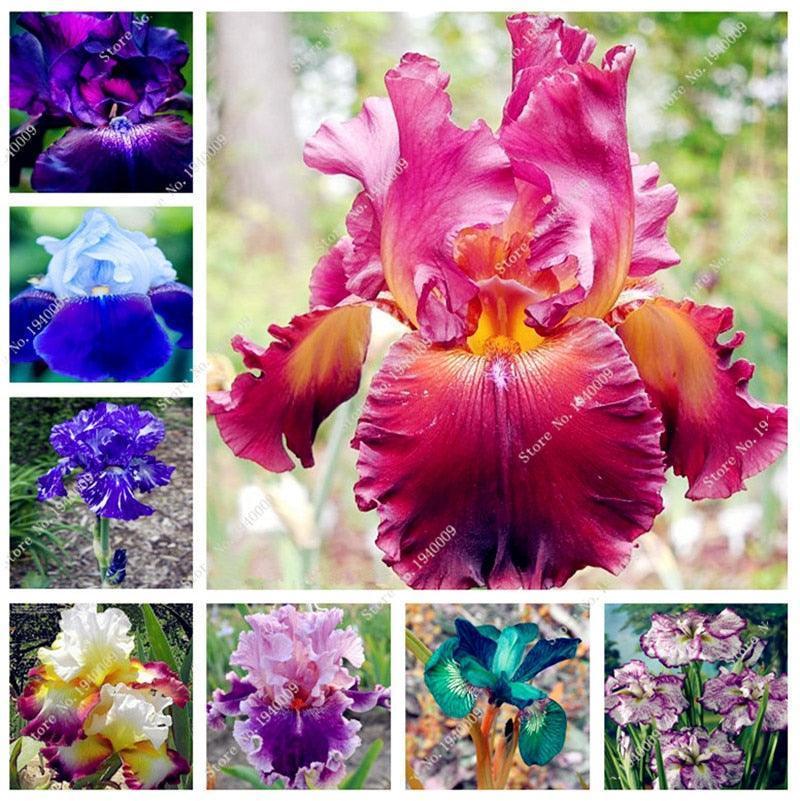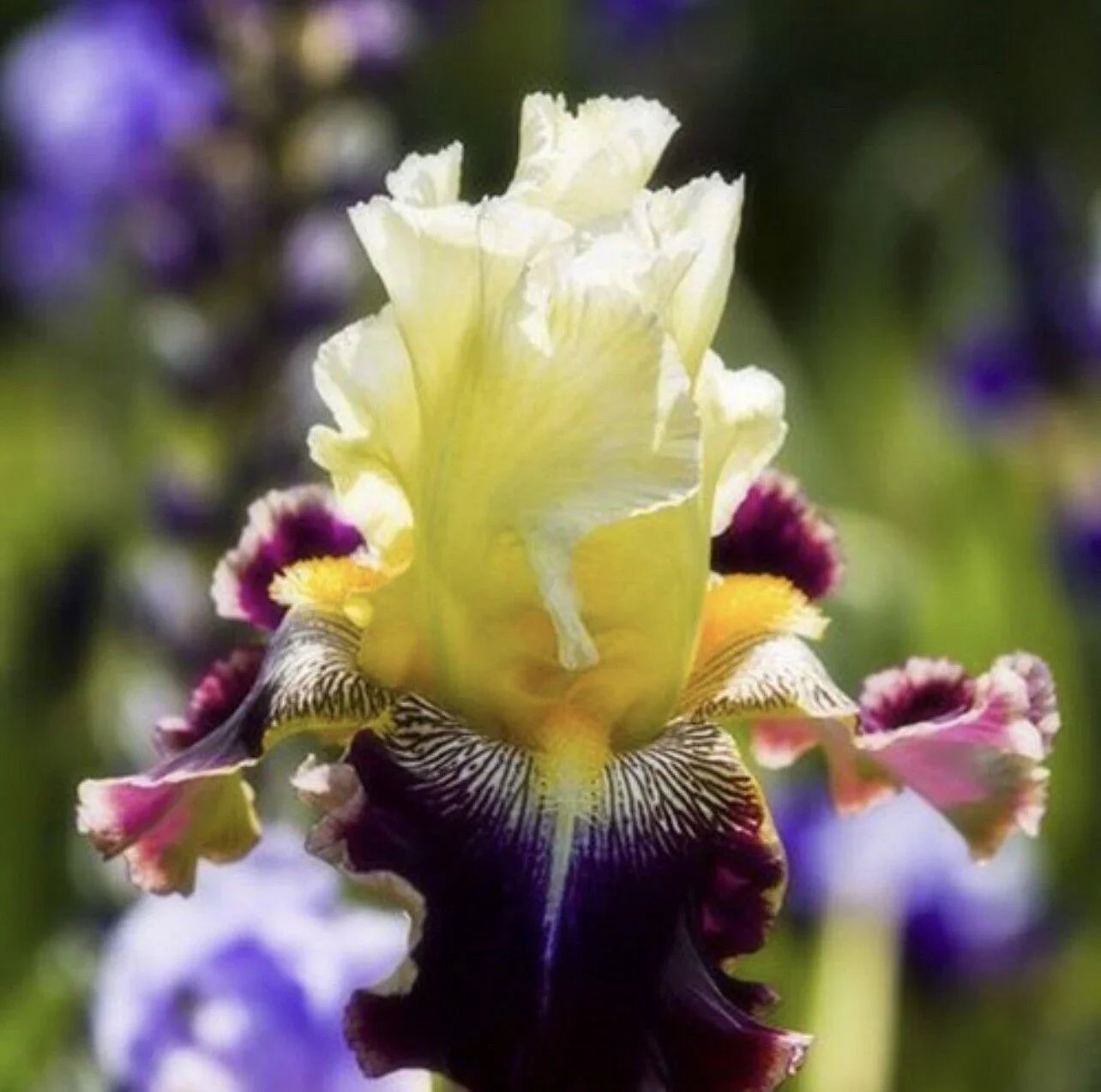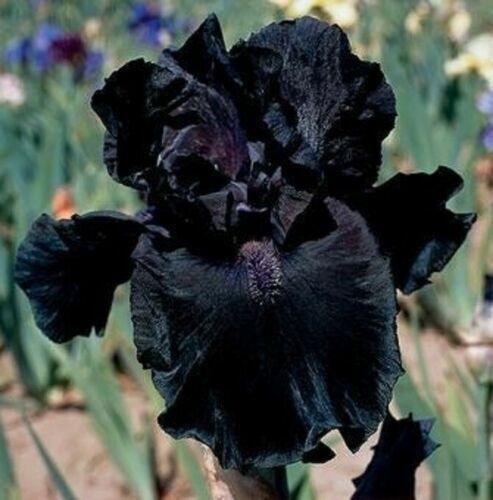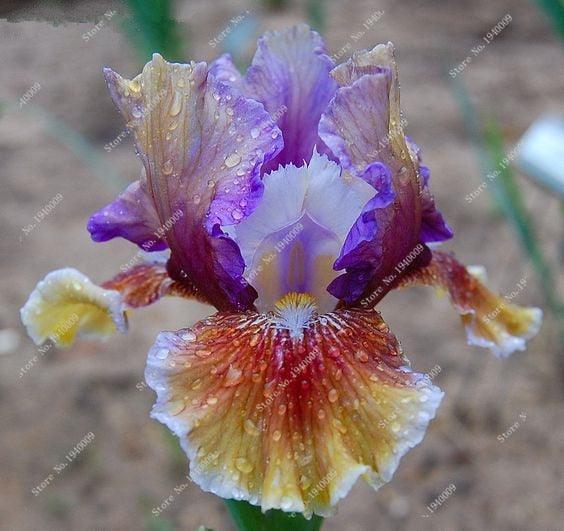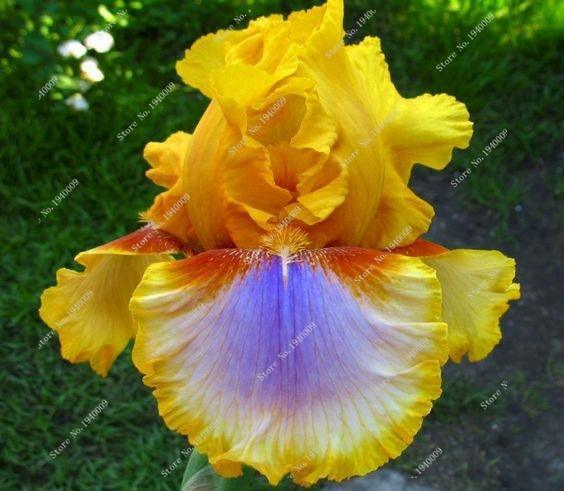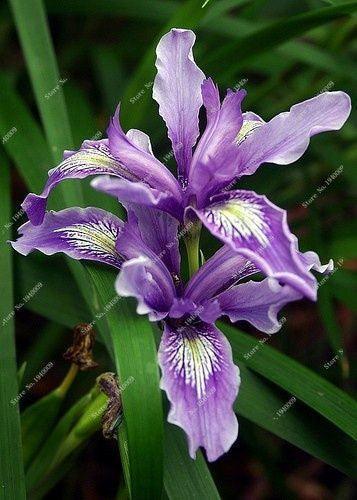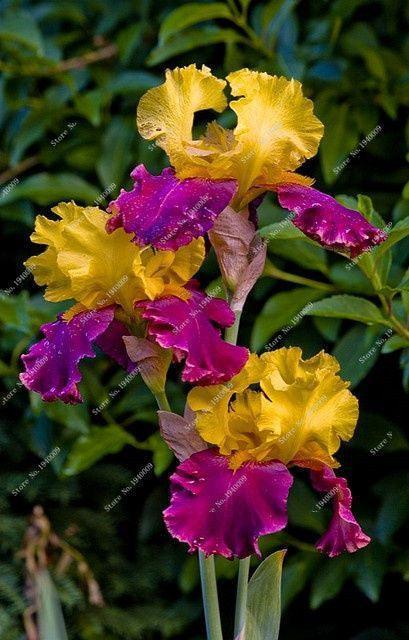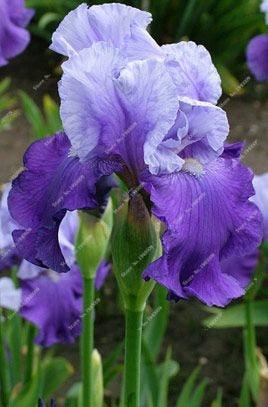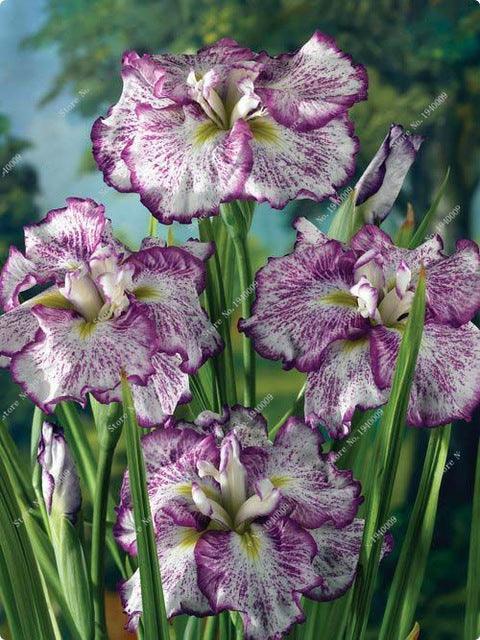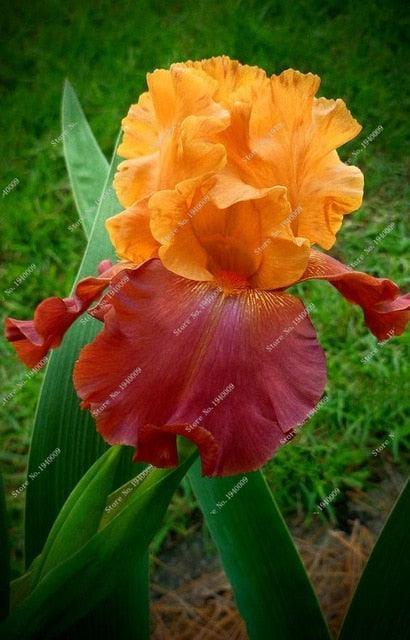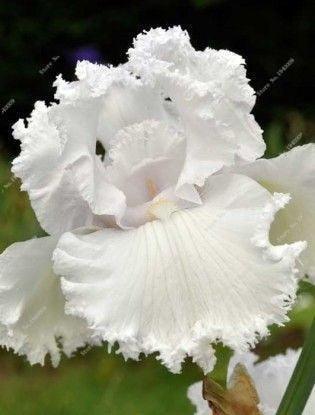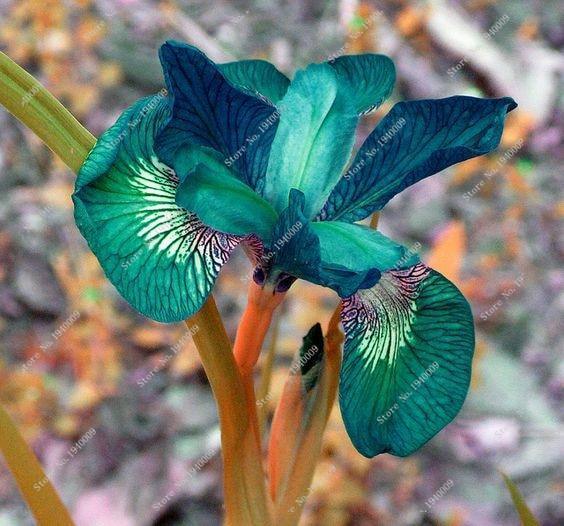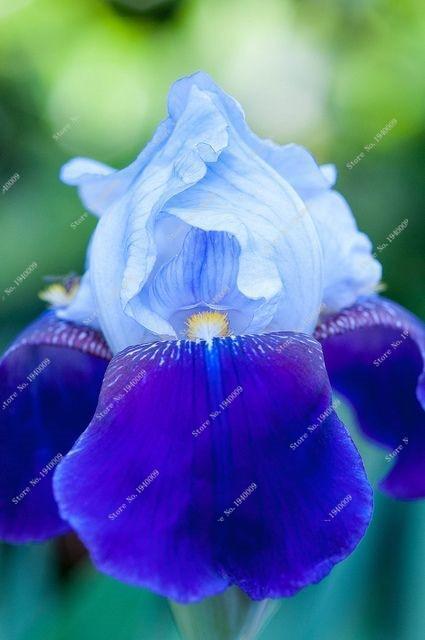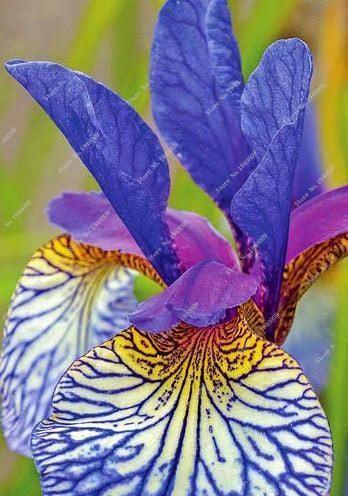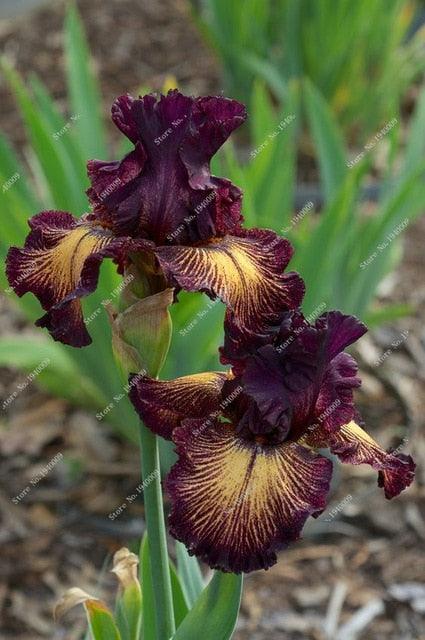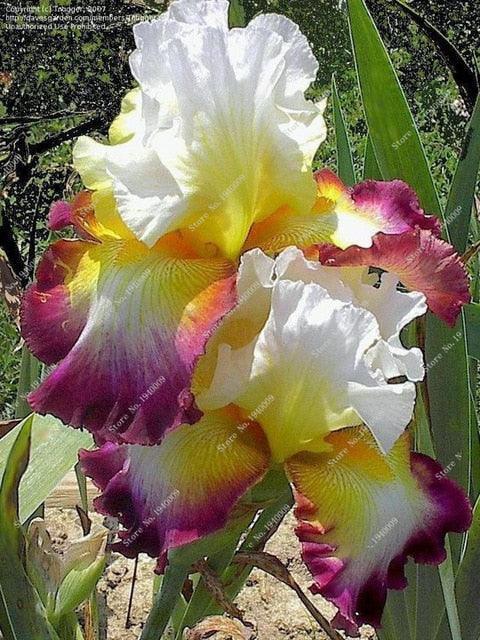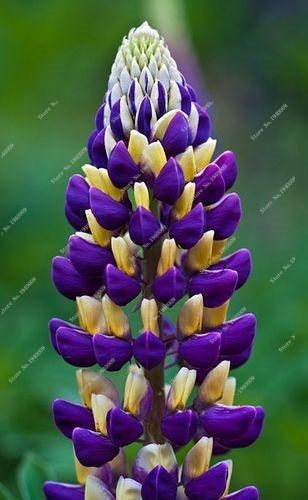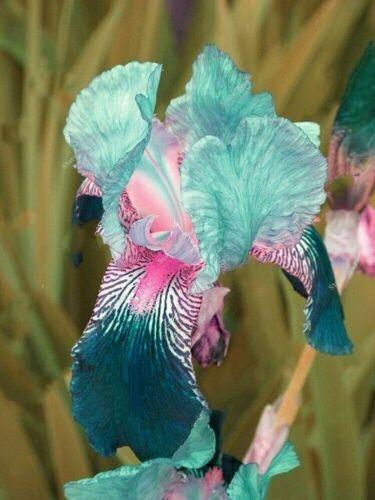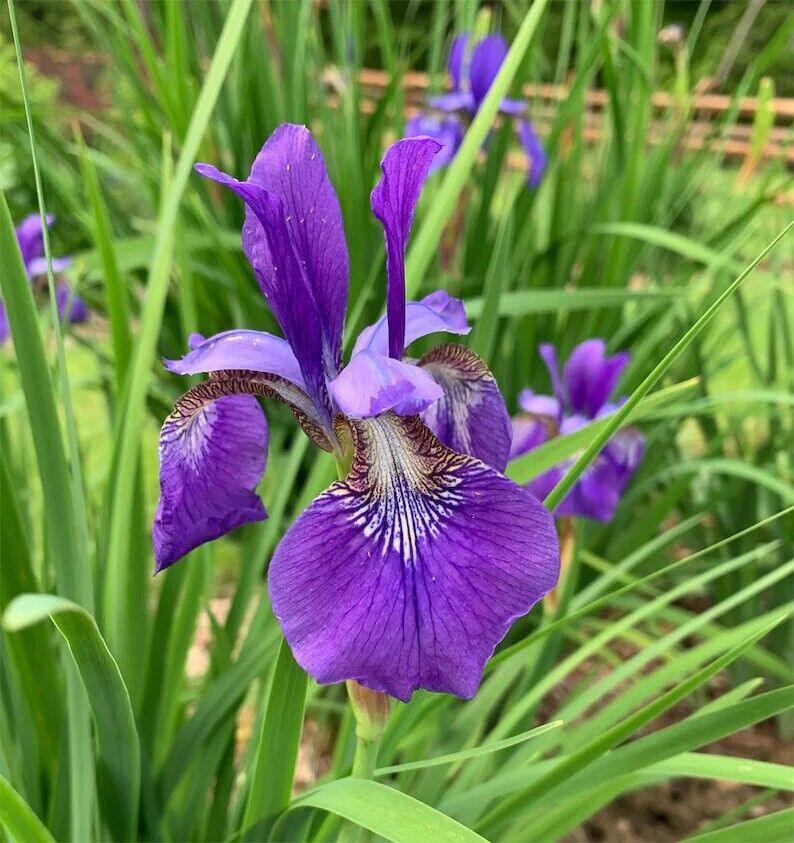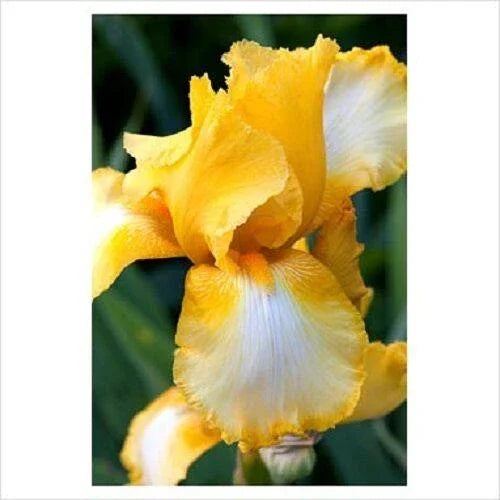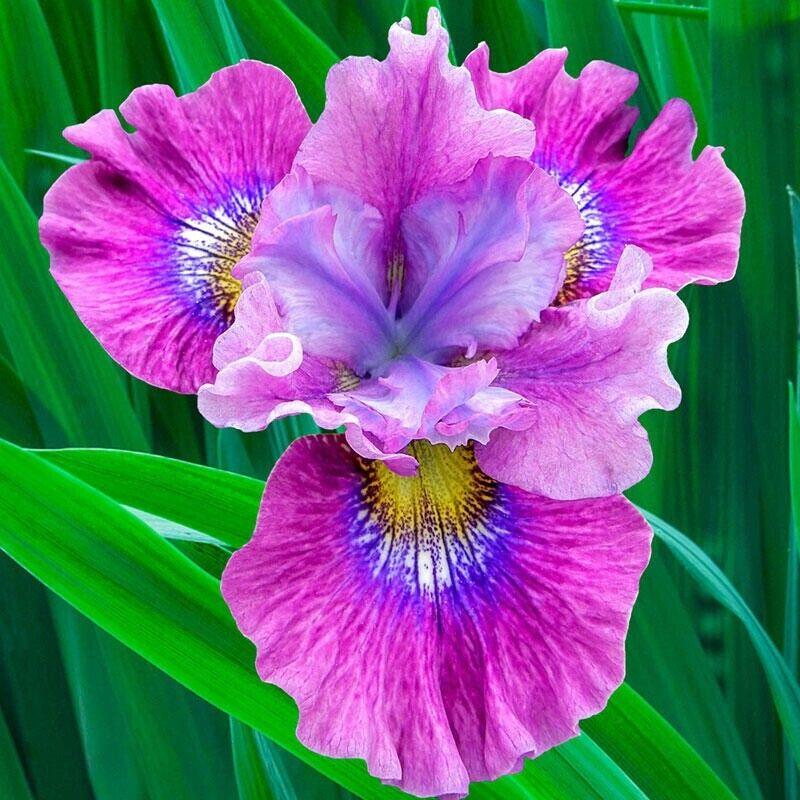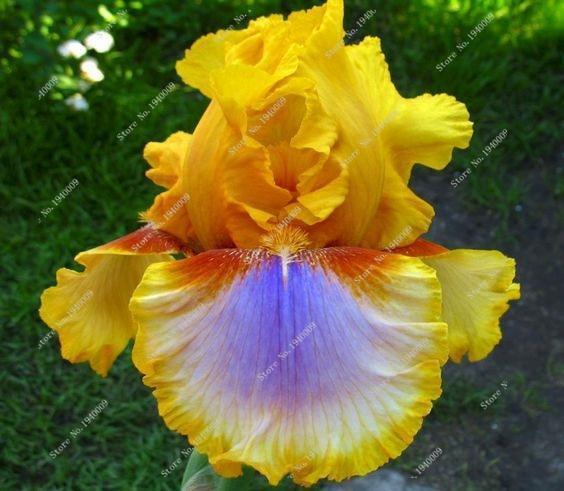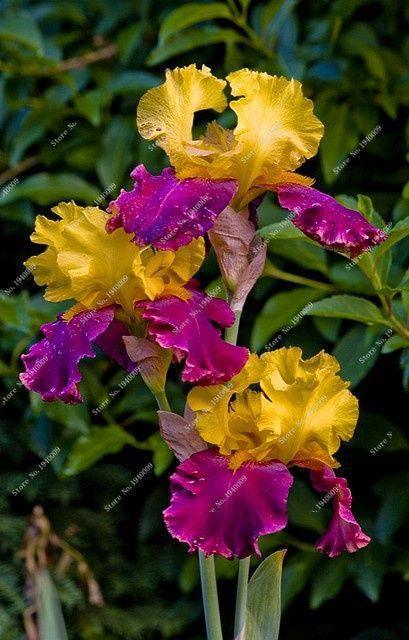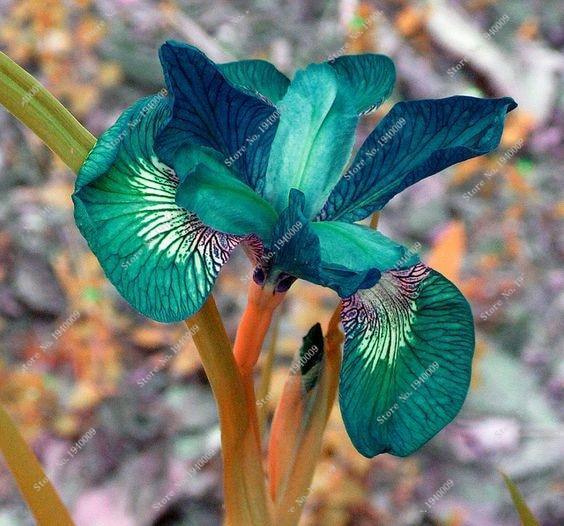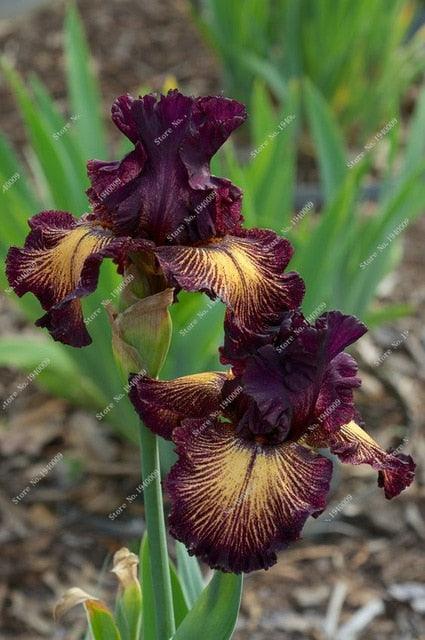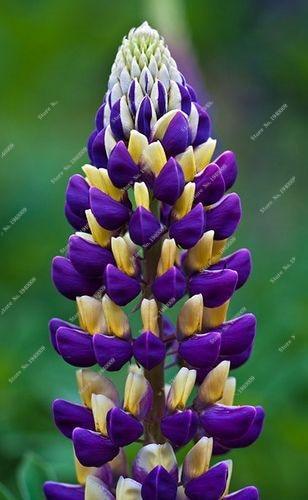Seed World
20 Iris Flower Seeds – Rare Mix of Exotic Colors
20 Iris Flower Seeds – Rare Mix of Exotic Colors
Couldn't load pickup availability
Grow a stunning rainbow of colors with these Iris flower seeds. This vibrant mix features up to 20 unique iris varieties, including ruffled, bicolor, and rare shades like bronze-purple, lavender fringe, and pure white. Each flower adds sculptural elegance and bold hues to your garden.
Why Grow Iris from Seed?
- 🎨 Incredible variety of colors – from deep blue to golden yellow
- 🪻 Striking flowers with bold patterns – a favorite among gardeners
- 🌞 Loves full sun – thrives in warm, bright gardens
- 🌱 Easy to start outdoors – no greenhouse needed
What’s Included?
Each pack includes a curated mix of 20 iris seeds, selected for ornamental diversity. Ideal for collectors, hobbyists, or gardeners seeking bold visual impact.
Planting Instructions
- Best Time to Plant: Early spring or late summer
- Soil: Well-drained, loamy soil (pH 6.0–7.0)
- Light: Full sun
- Depth: ¼ inch – press seeds lightly into soil
- Watering: Keep moist until germination (21–28 days)
FAQs
How many colors are in the mix?
The mix includes up to 20 distinct iris varieties, featuring a wide range of colors like teal-pink, royal blue, bronze-purple, and white-ruffle.
Are these perennial irises?
Yes. Most iris varieties in this mix are perennial and will return each year with proper care.
Do I need to cold-stratify the seeds?
Cold stratification is recommended for higher germination rates – refrigerate the seeds in a moist paper towel for 4–6 weeks before planting.
Can I grow them in containers?
Yes, iris seeds can be started in pots or trays and transplanted once they sprout.
Where to buy iris flower seeds for sale?
You can order premium iris seeds right here at Seeds World. We offer curated, high-viability seed mixes with fast shipping across the U.S.
Iris is a genus of 260–300 species of flowering plants with showy flowers. It takes its name from the Greek word for a rainbow, which is also the name for the Greek goddess of the rainbow, Iris.
Some authors state that the name refers to the wide variety of flower colors found among the many species.
As well as being the scientific name, iris is also widely used as a common name for all Iris species, as well as some belonging to other closely related genera.
A common name for some species is 'flags', while the plants of the subgenus Scorpiris are widely known as 'junos', particularly in horticulture. It is a popular garden flower.
The often-segregated, monotypic genera Belamcanda (blackberry lily, I. domestica), Hermodactylus (snake's head iris, I. tuberosa), and Pardanthopsis (vesper iris, I. dichotoma) are currently included in Iris.
Three Iris varieties are used in the Iris flower data set outlined by Ronald Fisher in his 1936 paper The use of multiple measurements in taxonomic problems as an example of linear discriminant analysis.
Share
Are theses Beautiful Irises
Winter Hardy ( 5)?
Thank You
